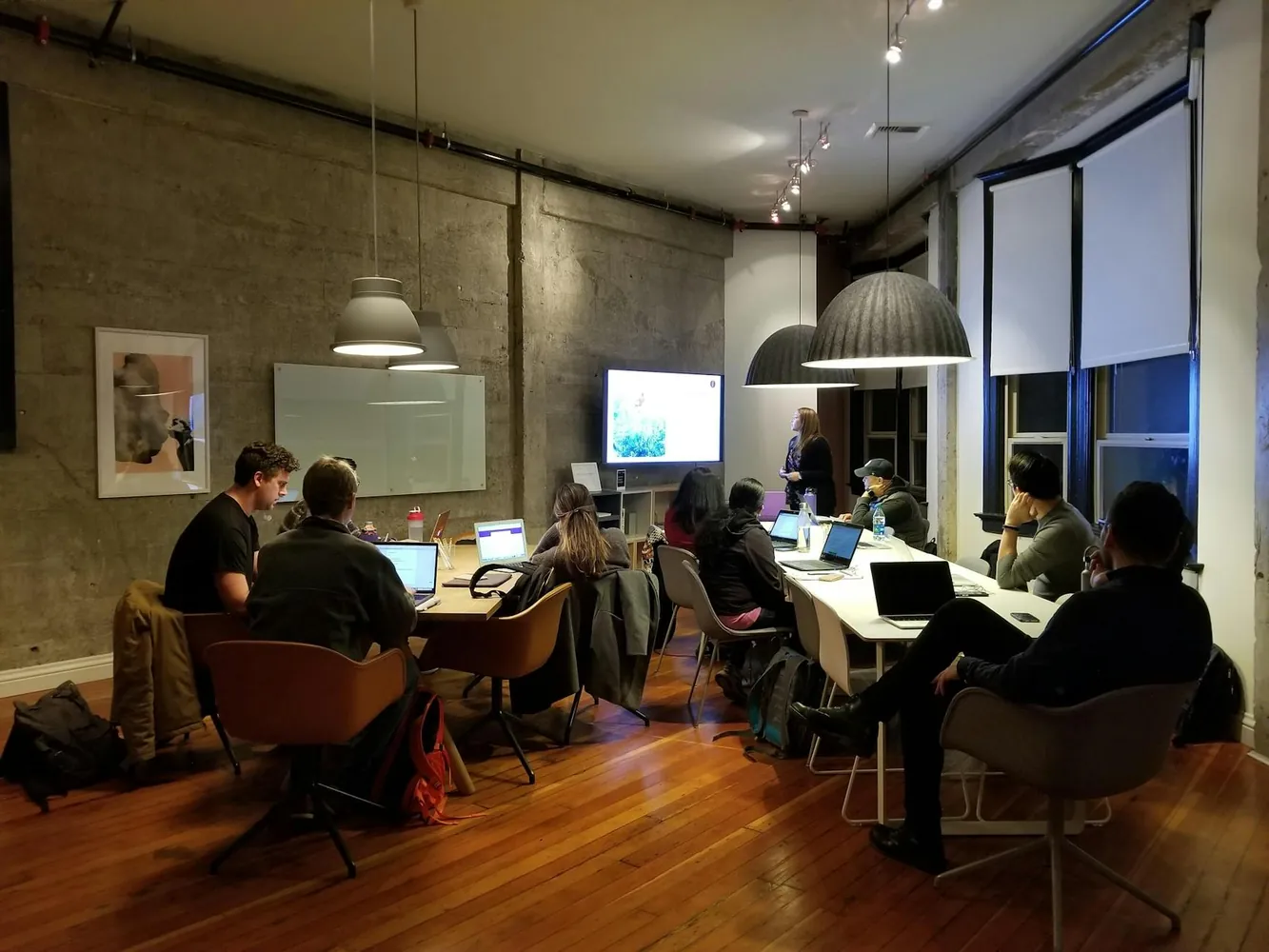The Effects of Workplace Environment on Team Performance and Culture

Understanding the Modern Workplace: Remote vs. In-Office
The workplace environment plays a crucial role in shaping team dynamics, collaboration, and overall productivity. In the evolving landscape of modern work, businesses are increasingly faced with the decision of adopting remote, in-office, or hybrid work models. Each option comes with its unique set of benefits and challenges that can impact team performance and company culture.
Benefits of Remote Work
Remote work has surged in popularity due to advancements in technology and changing employee expectations. Here are some of its notable advantages:
- Flexibility: Remote work offers employees the flexibility to design their workdays around personal commitments, which can lead to increased job satisfaction and lower stress levels.
- Wider Talent Pool: Companies are no longer restricted by geography and can recruit talent globally, enhancing diversity and bringing varied perspectives to the team.
- Cost Savings: Businesses save on overheads such as office rent and utilities, while employees save on commuting costs.
A vivid example is GitLab, an entirely remote company that successfully operates across multiple time zones, leveraging a global talent pool to deliver high-quality software solutions. They have developed robust communication protocols to ensure seamless collaboration despite the physical distance.
Challenges of Remote Work
Despite its benefits, remote work poses several challenges:
- Communication Barriers: The lack of face-to-face interaction can lead to misunderstandings. Miscommunications are more likely without the benefit of body language or immediate feedback.
- Isolation: Employees may feel isolated from their colleagues, potentially impacting mental health and engagement.
- Managing Performance: Monitoring productivity can be challenging. Managers must shift from tracking hours to evaluating outcomes.
Consider the case of XYZ Corp, which transitioned to remote work during the pandemic. They initially struggled with decreased productivity and engagement due to inadequate communication tools. By investing in regular virtual check-ins and team-building activities, they successfully rebuilt a sense of community among remote workers.
Benefits of In-Office Work
In-office work environments provide distinct advantages that are difficult to replicate remotely:
- Spontaneous Collaboration: Unplanned interactions often lead to creative problem-solving and innovation. The serendipitous nature of hallway conversations can spark new ideas.
- Clearer Communication: Face-to-face discussions can prevent misinterpretations and build stronger interpersonal relationships.
- Enhanced Supervision: Managers can directly observe workflows and intervene when necessary to guide teams effectively.
An exemplary case is that of Pixar Animation Studios, which designed its headquarters with open spaces to foster spontaneous meetings and collaborative creativity. Their strategic layout is credited with numerous successful film projects emerging from impromptu brainstorming sessions.
Challenges of In-Office Work
However, in-office environments are not without their drawbacks:
- Lack of Flexibility: Strict office hours can impede work-life balance, leading to employee dissatisfaction and potential burnout.
- Commuting Stress: Long commutes can negatively affect employee morale and productivity.
- Higher Overhead Costs: Maintaining physical office spaces involves significant expenses for companies.
An illustrative example is ABC Innovations, a tech company that found its employees' long commute times were impacting both morale and punctuality. By implementing flexible working hours and partial remote days, they improved employee satisfaction without entirely losing the benefits of in-office collaboration.
When to Choose Each Model
The choice between remote and in-office models depends heavily on company culture, project needs, and industry requirements. Here are some guidelines:
Remote Work Is Ideal When:
- Your organization prioritizes flexibility and autonomy.
- You operate in industries like software development or digital marketing where digital tools suffice for collaboration.
- You wish to attract a diverse workforce across various regions.
In-Office Work Is Preferable When:
- Your projects require frequent hands-on teamwork or access to specialized equipment.
- You aim to cultivate a strong, cohesive corporate culture through daily face-to-face interactions.
- Your business model involves client-facing roles requiring an on-site presence.
The Hybrid Model: A Middle Ground
The hybrid model combines elements of both remote and in-office environments. This approach allows companies to reap the benefits of both setups while minimizing their respective drawbacks.
An illustrative workflow could involve three days in the office for team meetings and collaborative projects, complemented by two remote days focused on individual tasks. This model caters to diverse employee preferences and promotes a balanced work culture.
The tech giant Microsoft adopted a hybrid strategy post-pandemic, providing employees with the choice to split their week between home and office. This flexibility has reportedly enhanced job satisfaction and sustained productivity levels across teams.
Nurturing Company Culture in Different Environments
Cultivating a robust company culture requires deliberate effort irrespective of the work model. Here are practical tips:
- Create Clear Communication Channels: Use tools like Slack or Teams for transparent communication. Regular video calls can help bridge gaps in remote setups.
- Establish Strong Onboarding Processes: Ensure new hires understand company values through virtual or in-person orientations.
- Encourage Social Interactions: Organize virtual coffee breaks or regular social events to strengthen bonds among team members.
A compelling case study is Zapier, a fully remote company that invests heavily in cultivating its culture through virtual meetups and consistent recognition programs. Their efforts have resulted in high employee retention rates and a thriving community feel despite geographical separation.
Conclusion: Aligning Environment with Goals
The decision between remote, in-office, or hybrid workplaces should align with your organizational goals, values, and operational needs. By understanding the nuanced impacts of each environment on team performance and culture, leaders can make informed choices that foster productivity, innovation, and employee satisfaction.